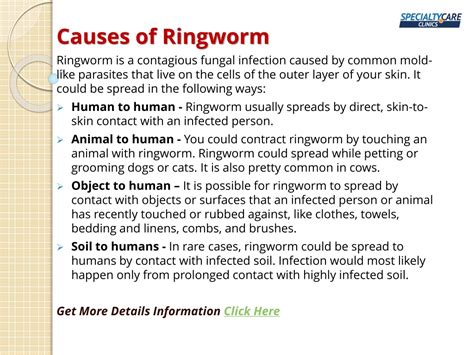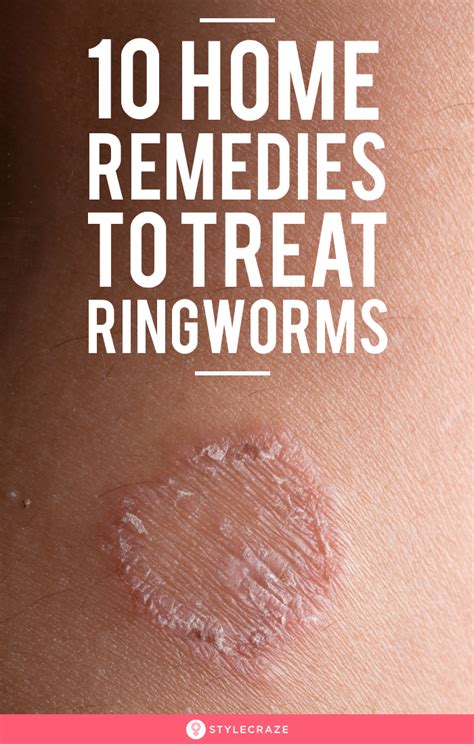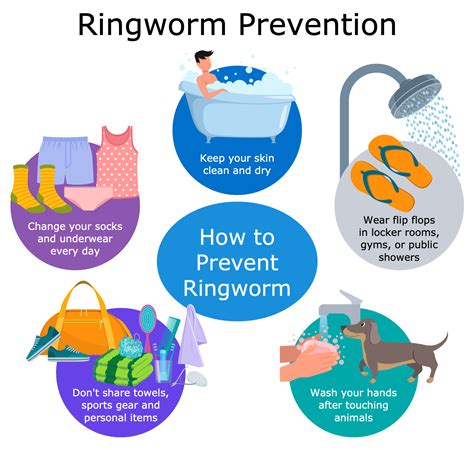Intro
Ringworm, also known as tinea, is a common fungal infection that affects the skin, causing a ring-shaped rash. Despite its name, ringworm is not caused by a worm, but rather by a type of fungus that feeds on the keratin in the skin, hair, and nails. The infection is highly contagious and can be spread through direct contact with an infected person or animal, or by touching contaminated objects.
The importance of understanding ringworm cannot be overstated, as it is a widespread condition that affects people of all ages, from children to adults. According to the American Academy of Dermatology, ringworm is one of the most common fungal infections, accounting for approximately 10% of all skin infections. Furthermore, ringworm can have a significant impact on a person's quality of life, causing discomfort, embarrassment, and anxiety. Therefore, it is essential to learn about the causes, symptoms, and treatment options for ringworm, as well as how to prevent its spread.
Ringworm is a significant public health concern, particularly in areas with poor hygiene and sanitation. The infection can spread quickly in schools, gyms, and other places where people are in close contact with each other. In addition, ringworm can have serious consequences if left untreated, such as the development of secondary bacterial infections or the spread of the infection to other parts of the body. Therefore, it is crucial to take proactive measures to prevent the spread of ringworm and to seek medical attention if symptoms persist or worsen over time.
What is Ringworm?

Types of Ringworm
There are several types of ringworm, each affecting a different part of the body. These include: * Tinea corporis (body ringworm): affects the skin on the torso, arms, and legs * Tinea capitis (scalp ringworm): affects the scalp and hair * Tinea pedis (athlete's foot): affects the feet and toes * Tinea cruris (jock itch): affects the groin and thighs * Tinea unguium (fungal nail infection): affects the fingernails and toenailsCauses and Risk Factors

Symptoms of Ringworm
The symptoms of ringworm can vary depending on the type of infection and the severity of the condition. Common symptoms include: * A ring-shaped rash that is red, itchy, and scaly * Blistering, cracking, or oozing of the skin * Hair loss or brittle hair * Thickening or discoloration of the nails * Redness, swelling, and warmth of the affected areaTreatment Options

Home Remedies for Ringworm
In addition to medical treatment, there are several home remedies that can help to alleviate the symptoms of ringworm. These include: * Applying tea tree oil or coconut oil to the affected area * Using an antifungal shampoo or soap * Keeping the affected area clean and dry * Avoiding close contact with others until the infection has clearedPrevention and Control

Complications of Ringworm
If left untreated, ringworm can lead to serious complications, including: * Secondary bacterial infections * Spread of the infection to other parts of the body * Permanent scarring or hair loss * Disfigurement or disabilityConclusion and Final Thoughts

We invite you to share your thoughts and experiences with ringworm in the comments section below. Have you or someone you know been affected by ringworm? What steps did you take to treat the infection and prevent its spread? Your feedback and insights can help to raise awareness about this common condition and promote healthy practices for preventing its spread.
What is the most common cause of ringworm?
+Ringworm is most commonly caused by a type of fungus that feeds on the keratin in the skin, hair, and nails.
How is ringworm typically treated?
+Ringworm is typically treated with antifungal medications, which can be applied topically or taken orally.
Can ringworm be prevented?
+Yes, ringworm can be prevented by practicing good hygiene and sanitation, avoiding close contact with infected individuals or animals, and keeping the skin and nails clean and dry.
